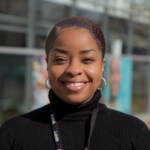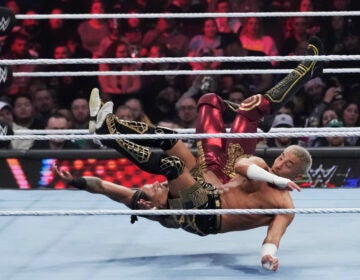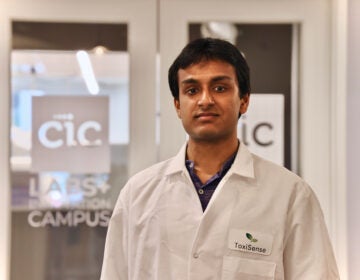How a med student’s ‘first patient’ created lasting friendships
For more than a decade, a unique gross anatomy course at Indiana University required students to get to know the family of the donated cadaver they worked on.
Listen 11:18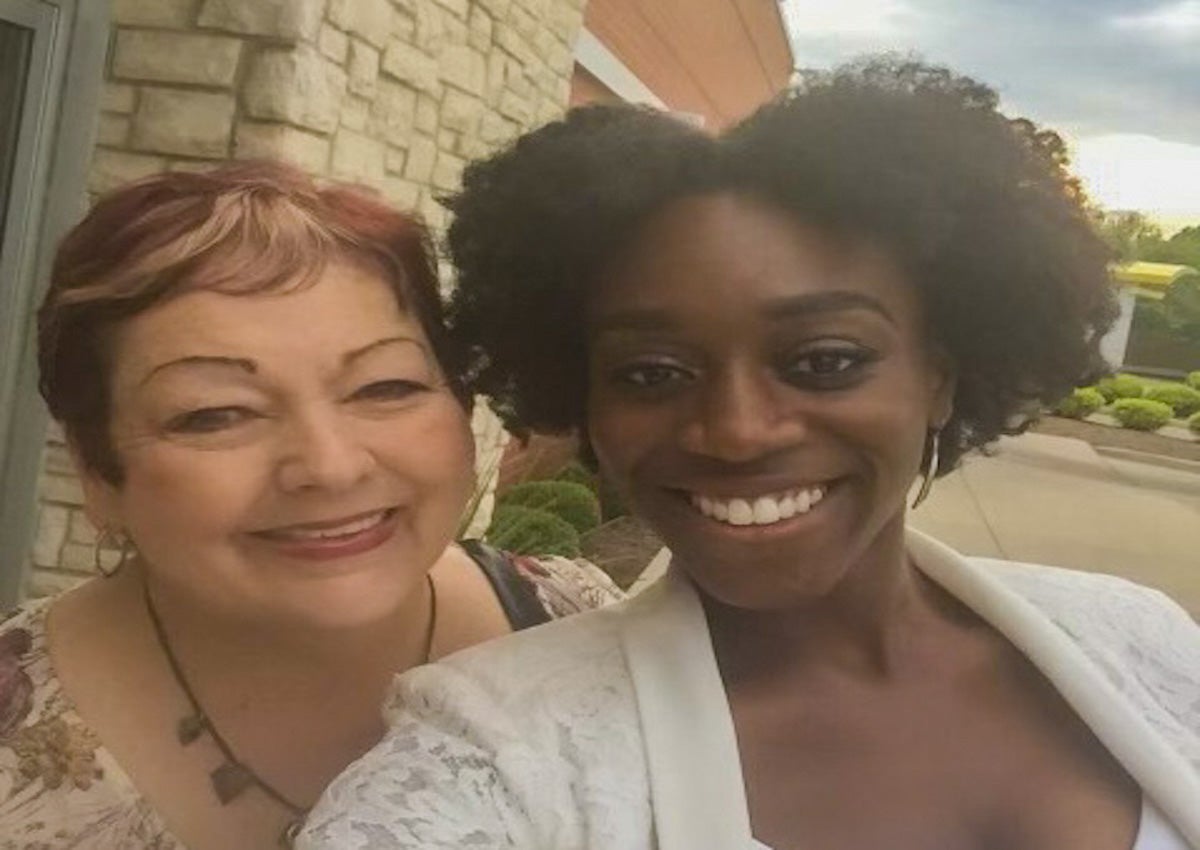
Jennifer Addo Kaby (right) and Susan Kelly (left) became friends after Kelly’s father donated his body to a unique gross anatomy course that required students to communicate with the family of the body donor. The course was held at Indiana University School of Medicine and was discontinued in 2018. (Courtesy of Jennifer Addo Kaby)
This story is from The Pulse, a weekly health and science podcast.
Find it on Apple Podcasts, Spotify, or wherever you get your podcasts.
A beautiful friendship blossomed between Susan Kelly and medical student Jennifer Addo Kaby in 2012. But their friendship began unexpectedly, and all because of a “patient” they both knew dearly.
It was during this time that Kaby was on track to complete her second year of medical school at Indiana University School of Medicine. She enrolled in a gross anatomy course, often the first class where students physically dissect and study a human cadaver.
The body is traditionally distributed to students with an identification number. Cadaver identities are usually wiped when medical schools and donor organizations prepare cadavers for gross anatomy courses. Students often refer to this cadaver as their “first patient” even though they don’t get to learn much other than what their bodies can show them.
But the cadaver assigned to Kaby and two other students in her class had an ID number and a full name, William Kelly.
He was the deceased father of Susan Kelly.
William Kelly decided to donate his body to the IU School of Medicine before he died in 2011. This decision was made after he and Susan had watched an afternoon news special about an anatomy course.
A body donation to science seemed to align with priorities.
“He and my mom both thought education was on the top of the list, practically,” Susan said. “Besides God and family, it’s education.”
Yet this anatomy program was far from traditional. It was designed for educational purposes, and to teach students professionalism, maybe even empathy.
This specific course was taught by Ernest Talarico, an anatomy professor with IU at the time. He designed and implemented the course in the early 2000s. Students were required to exchange letters with the family of the body donor throughout the course and if the family was comfortable.
Subscribe to The Pulse
Family members could talk about anything, the donor, their lives, and their careers.
Talarico named the method, “The Talarico Protocol for Human Gross Anatomy.”
William Kelly served as a cadaver for a spring semester course in 2012. The students wrote to his wife, Patricia Kelly and his children. And the Kelly family replied to their letters.
“During that process, you’re telling them things about your loved ones. They all knew that he was a family man — what he treasured and what a good dad he was,” Susan Kelly said.
It started with letters
Jennifer Addo Kaby was one of the students that wrote more often than others. Susan would share information about her father’s demeanor and personality with Kaby.
William Kelly was a gentle, even-tempered, and caring individual. Their family grew up in Chicago without a car, and Susan would write about how eager she was as a child to walk to the grocery store and to church with her father. She said that the two of them would talk about her hopes and dreams.
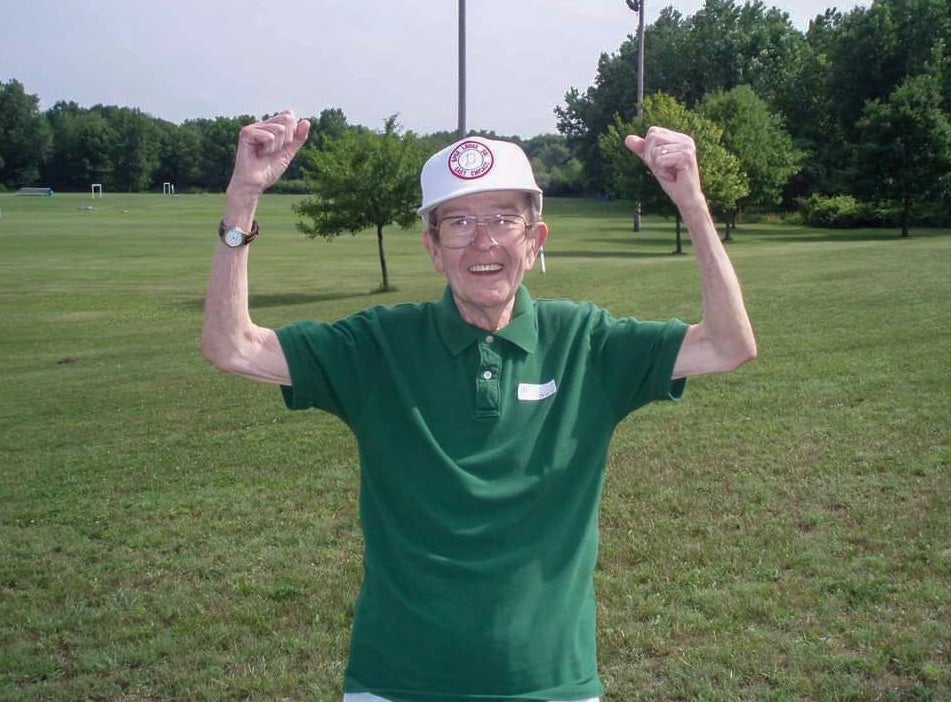
But she also wrote to Kaby about how much she missed her father. William Kelly had developed Alzheimer’s before his death which soon required his daughter to become his caregiver. It was a tough time for her family.
“Alzheimer’s is, by far the most wickedly cruel disease,” Susan said. “He would always forget that he had eaten, and he’d eat more and eat more. And then he’d go for days where he’s like, I already ate already. You lose people a little bit at a time.”
Kaby would share advice with Susan for these difficult moments.
“She would encourage me to really just close [my] eyes and try to remember some of the things that were really good,” Susan said. “ And then I would just laugh.”
Susan said the letter component of the anatomy program began to feel like a small dose of grief counseling.
Kaby also enjoyed writing letters for other reasons. Learning more about the cadaver she had been studying in class was helping increase her empathy as a doctor in training.
During the course, students are revealing anatomical structures that are invisible to the naked eye while also learning about hidden conditions in the donor. With so much dissection on a body donor, Kaby said it’s easy for people to forget that the cadaver is anything more than an anatomy lesson.
“Sure, they can’t say ‘ouch’ or that ‘it hurts’ when you’re doing this,” Kaby said. “But being able to understand that this was once a living and breathing human who created a legacy. They have kids and grandkids.”
Over time, Susan and Kaby’s letters became phone calls. Their conversations flowed effortlessly and evolved into discussing Kaby’s future goals as a doctor and the rest of the Kelly family — the children and grandchildren.
The gross anatomy course eventually ended that summer with a memorial service in a garden on IU’s campus.
Students welcomed all the families of the donors with multi-colored roses, and Kaby honored William Kelly in a song. She sang “Unforgettable” by Nat King Cole and his daughter Natalie Cole.
Patricia Kelly, William’s wife was moved by the entire ceremony. It was her first time matching the letters to the student’s faces.
“They just seemed so happy to see us, like they’ve known us all their lives, and I think they did in a way from those wonderful letters,” she said in a video message to the program. “… I felt like they were all my family. And they were so, so grateful for the donation of my husband’s body.”
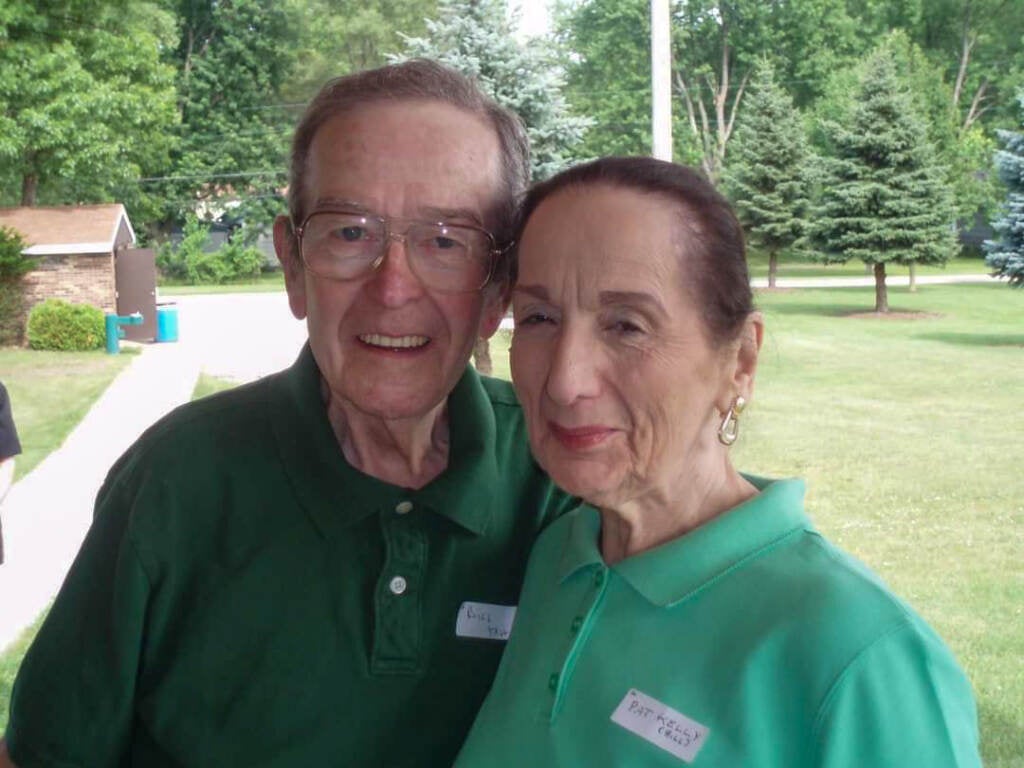
Although the class ended, the Kelly family’s relationship with Kaby did not. The family invited her over for dinner, and Kaby grew close with Patricia Kelly during this time.
“She was just a very sweet and loving woman,” Kaby said. “And it was just nice to see how close she was to her family and how much they meant to her, and she meant a lot to me as well. That would have never become [if] this program didn’t exist.”
About two years after her husband died, Patricia Kelly, became ill, and she too decided to donate her body to the same anatomy program.
Patricia Kelly died in 2015, and Kaby attended her memorial service.
Kaby now practices obstetrics and gynecology in Columbus, Georgia. She and the remaining members of the Kelly family still keep in touch.
In 2018, the “The Talarico Protocol for Human Gross Anatomy” approach ended after running for almost two decades. Ernest Talarico said the university decided to continue their gross anatomy courses with a traditional method.
Since then, Talarico has been able to serve as a visiting professor at schools that have been trying to implement similar methods for years, such as the Complutense University of Madrid in Spain and the Tan Tao University School of Medicine in Vietnam.
WHYY is your source for fact-based, in-depth journalism and information. As a nonprofit organization, we rely on financial support from readers like you. Please give today.



